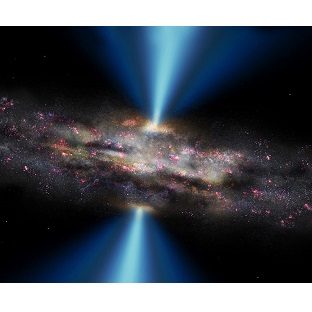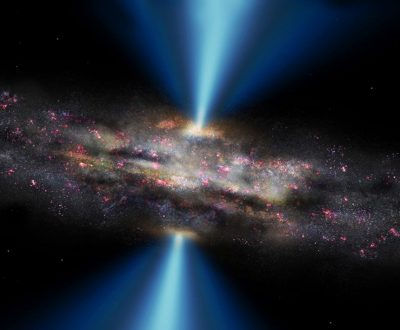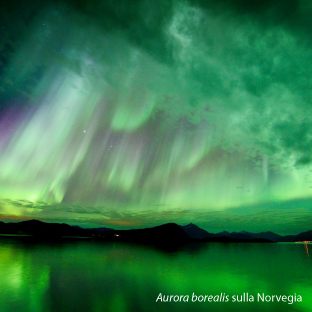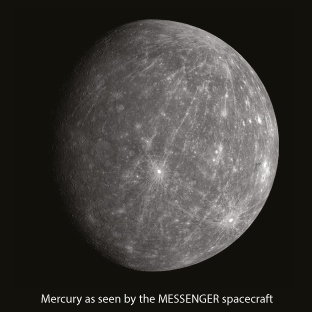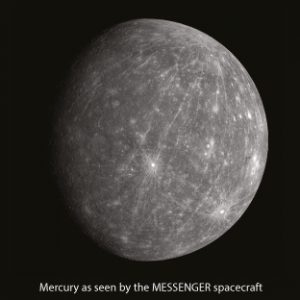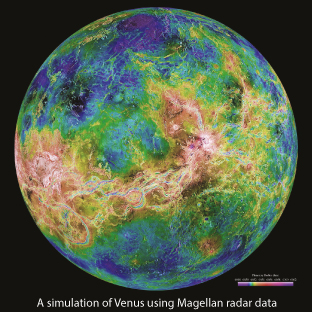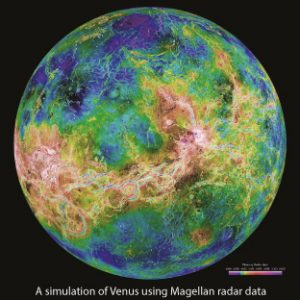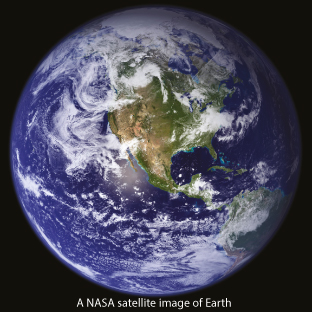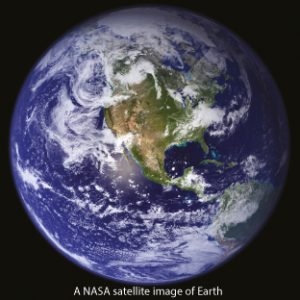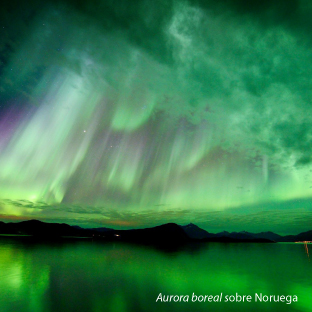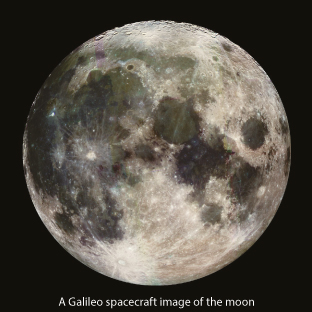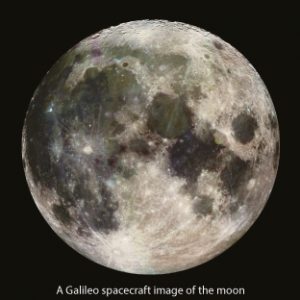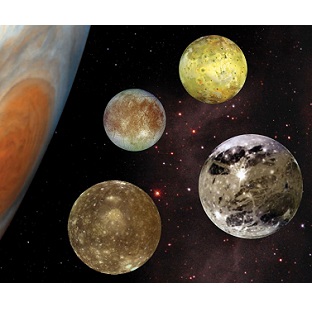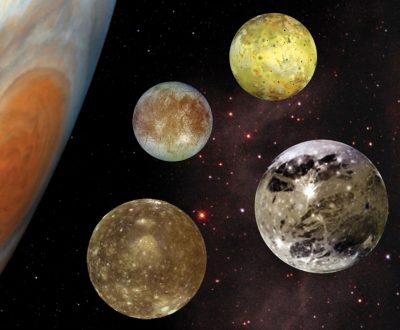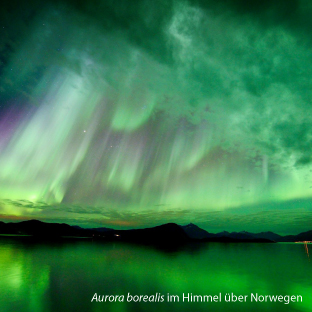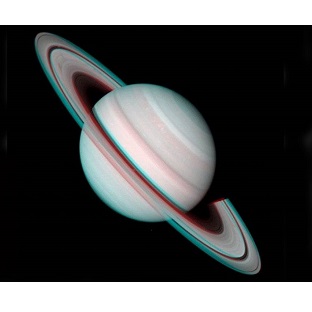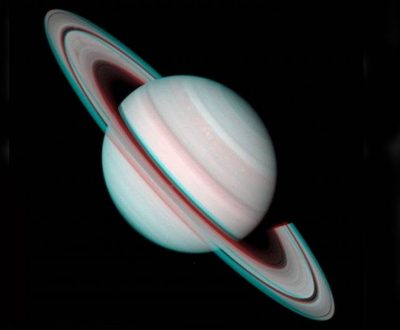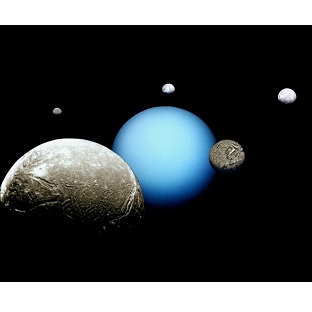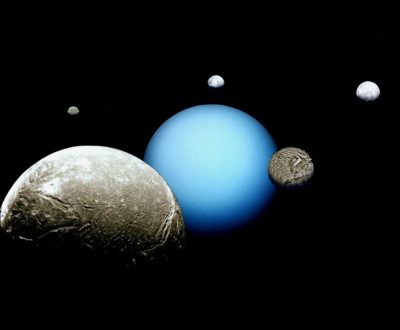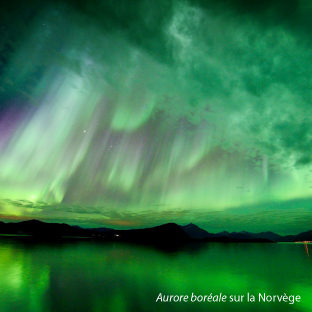Our planet is completely unique in the Solar System. Other planets have atmospheres, seasons and weather but only Earth has life. Earth’s special position in the Solar System – the third planet from the Sun, orbiting at 149,597,871km (92,955,807 miles) – allows life to exist. Any slight change in this distance would be the end of life on our planet.
The Earth is 4.6 billion years old and has an equatorial diameter of 12,750km (7,922 miles). Earth’s axis of rotation is tilted by 23.45 degrees and this gives the planet its four seasons. For part of each year the Northern Hemisphere is tilted toward the Sun and enjoying summer. At the same time the Southern Hemisphere is tilted away from the Sun and is in winter. This then reverses every six months. In March and September both hemispheres have equal amounts of sunlight.
Nearly 70% of the Earth’s surface is covered in ocean and the water vapour in the atmosphere is responsible for most of the weather. The Earth’s atmosphere is mostly nitrogen and oxygen and this forms a layer protecting us from harmful solar radiation and from meteors.
Most of the planets were named after Roman gods and goddesses. However, the name Earth is an old English-German word which just means ground.
